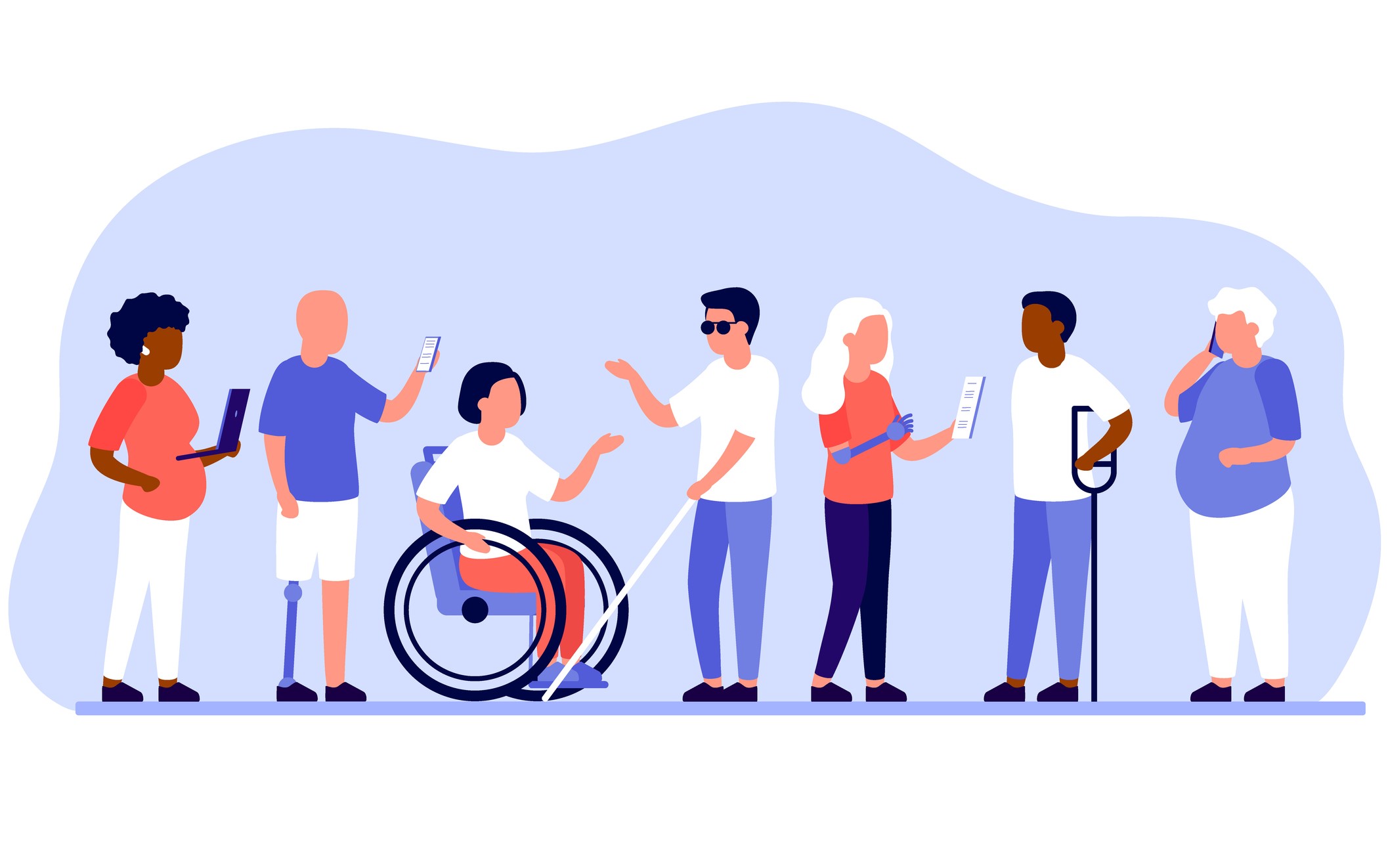If you’re in HR or own your own business, how sure are you that your employees understand the benefits you provide them? It might not be as much as they say.
A 2017 survey by Guardian asked employees how much they understand their employers’ benefits. A whopping 80 percent responded they did. However, when the employees had to take a test to prove it, only 49 percent did.
When communicating with employees, HR staff have their work cut out for them. That is the situation today even with all the different ways we can communicate with thanks to technology.
Miscommunication can cause all types of problems. For example, if your company offers commuter benefits, how much you save on payroll tax depends entirely on how many employees enroll. If employees are unsure of the benefits or don’t take advantage, that’s costing your company money. It also means employees are missing out on tax-free savings that can make a meaningful impact in their lives.
Why it’s important your employees know their benefits
Benefits have become such an essential part of the compensation package. It makes sense that each employee knows what they are getting. For example, a Randstad US survey showed 55 percent of people had already left jobs because they found better benefits elsewhere. About 42 percent of the respondents said they would consider leaving jobs because of poor benefits.
Workers in the survey said that a strong benefits package was the biggest factor when considering job offers, 66 percent of the time. Pay is not everything — another 61 percent said they’d accept lower pay if they had an excellent benefits package.
How you can improve your benefits package communications
Know your audience (and listen to them). You should know your demographics, including gender, generation and tech savviness. It’s also important to survey your workforce often to see what benefits are important to them.
Younger workers are increasingly demanding pet insurance. Older workers tend to gravitate toward the traditional packages with health insurance and a retirement component.
Whatever you do, make sure your method meets your audience’s desires. Insurance company HUB International recommends:
- Mature workers receive brief memos and attend meetings.
- Baby boomers receive phone calls and face-to-face meetings.
- Generation X like emails and phone.
- Millennials prefer online texting and face-to-face meetings.
Don’t stop with open enrollment
For companies with fewer resources, it might be harder to promote benefits packages throughout the year. However, it makes sense to have periodic or quarterly reviews, frequent reminders and publicizing any changes to benefit plans.
With some benefits, particularly if you offer commuter benefits, your company and your workers both have substantial savings if full enrollment can be reached. For example, your employees can save up to 40 percent in commuting costs by enrolling in commuter benefits.
They need to know the benefits extend to mass transit, rideshares and parking. Meanwhile, your company wants to save up to 7.65 percent on payroll taxes. However, the only way it will happen is by letting your employees know what is available.
Do your employees know their benefits? The first — and important — step is to ask them. Find out what you’re missing that will keep them happy. Perhaps it is a win-win benefit like commuter benefits.
If you want to learn more about commuter benefits, download the 101 Guide below:







